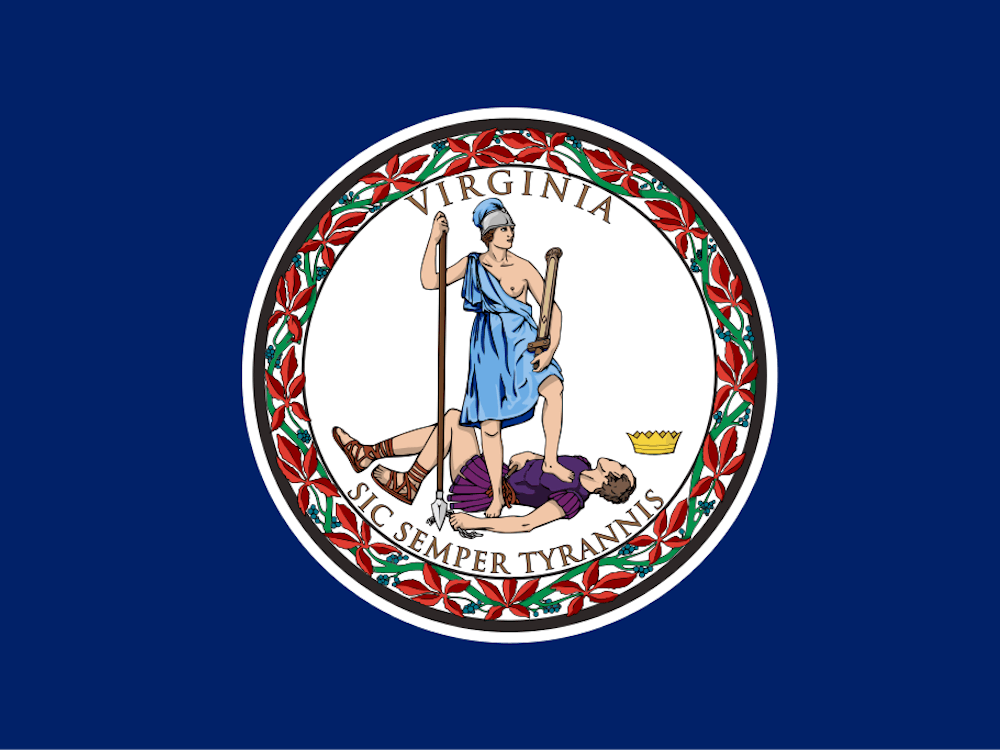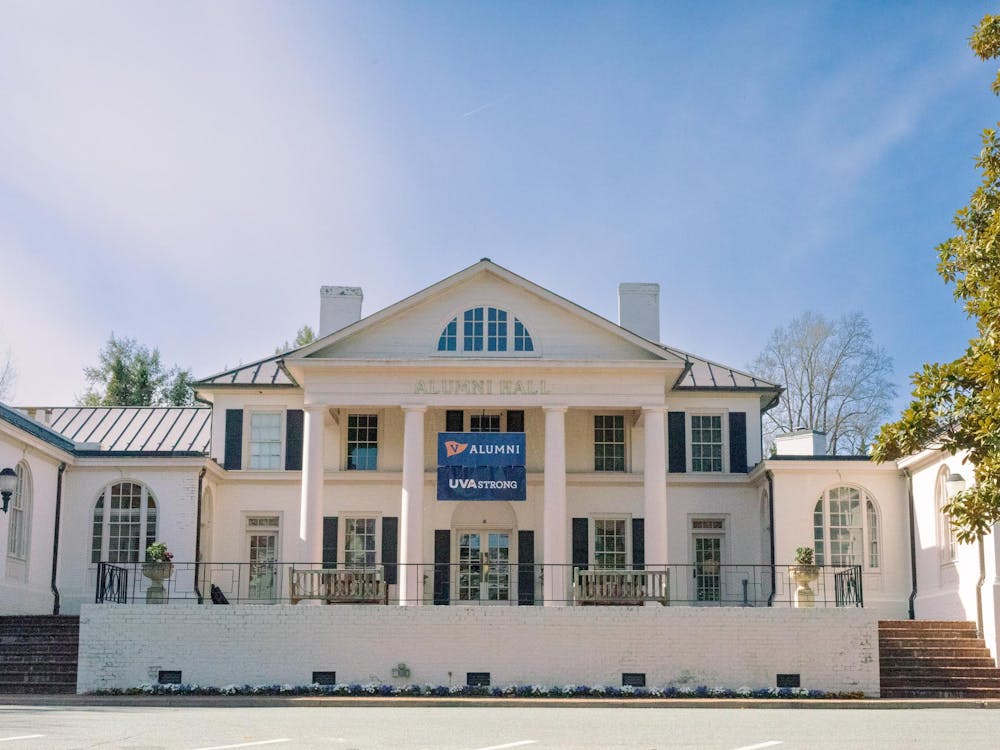ACOLLEGE education is the single most important investment one can make. A college degree means prestige, economic windfall and immensely increased career options. The value of a college degree is immeasurable, which is precisely why the cost of that degree must be reasonable.
The College Board, the educational association responsible for the SAT and Advance Placement tests, recently released a survey of 2,800 institutions which found increases in both public and private school tuition and room and board that far outpaced the rate of inflation. Rate increases also were significantly higher this year than in previous years.
Public schools in particular raised their rates. The cost of attending a four-year public university, in state, increased by 7.7 percent, while the increase at private institutions was 5.5 percent. Last year's increase was only 4.4 percent for public universities. In comparison, the rate of inflation was only 2.6 percent (http://www.collegeboard.org/press/cost01/html/011023.html).
The cost of room and board also has increased. Again, rates of increase at public schools are steeper than those at private institutions. It costs 6.6 percent more to live and eat at a public institution than it did a year ago.
|
Due to a freeze on in-state tuition, the cost of attending the University in-state increased just 1.8 percent, while the out-of-state cost rose 5.3 percent. Although the University's rates are growing at a slower pace than most colleges, the national trend is disturbing nevertheless.
One reason for the increases is reduced state funding for higher education. Government funding rates have slowed down in almost every state, and Virginia is no exception. The University's state appropriations increased 5.9 percent this year, but the average annual increase for Virginia universities over the last five years is much higher at 10.7 percent("State appropriations for higher education, 2000-1," Chronicle of Higher Education, Dec. 15).
An increase in freshmen enrollment also has influenced tuition rates. Universities across the country have seen increased freshmen enrollment in recent years. The additional tuition brought in by these students, however, has not offset the overall cost of running a university ("Tuition increases at public and private colleges are largest in years, survey reports," Chronicle of Higher Education, Oct. 24). With increased demand for higher education, there is little economic incentive to lower tuition.
All of this puts universities - particularly public universities - in a difficult situation. In order to continue to recruit and retain top faculty, update and maintain facilities and support growth, universities must_ have adequate money. The most obvious source of income is the students, who benefit directly from the money they spend on their education. There is, however, a danger in letting tuition rates climb at rates much higher than inflation.
A college education is one of the single most influential factors in a person's future, both economically and socially. There is a sharp line between college graduates and non-graduates. The danger in increased tuition is to make economic status prior to college a determining factor in access to education and therefore to future economic prosperity. If high school students are unable to continue their college education, they are at a distinct disadvantage when seeking employment.
Although financial aid also has risen, loans, rather than grants, make up an increasing amount of financial aid. Loans now make up 58 percent of all financial aid, compared to 41 percent in 1980-81. The downturn in the amount of grant money available is a reflection of the national decrease in private donations.
Efforts already are being made to combat rising tuition rates. The College Board plans to form a Blue Ribbon Financial Aid Panel to hold conferences around the country and, by 2002, to submit a report to Congress on how to use financial aid most effectively. In 2000, the University was third among public institutions on the Chronicle of Higher Education's list of endowments per student. The University's Capital Campaign strives to increase private donation. It is these efforts that will keep the University strong despite a possible economic downturn. The administration has committed itself to raising funds, but the key is support and contributions from University Alumni.
(Megan Moyer's column normally appears Fridays in The Cavalier Daily. She can be reached at mmoyer@cavalierdaily.com.)






